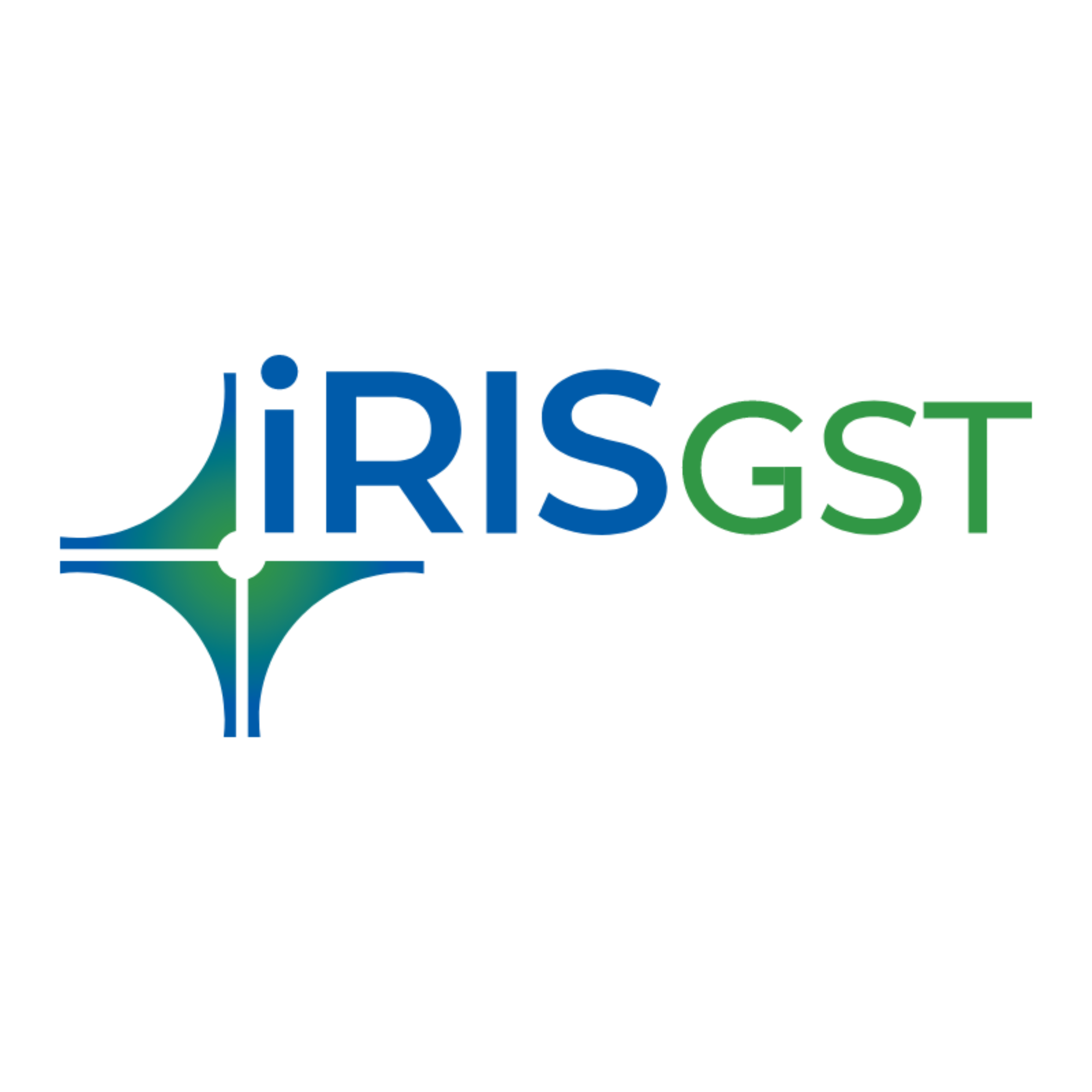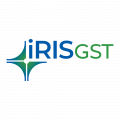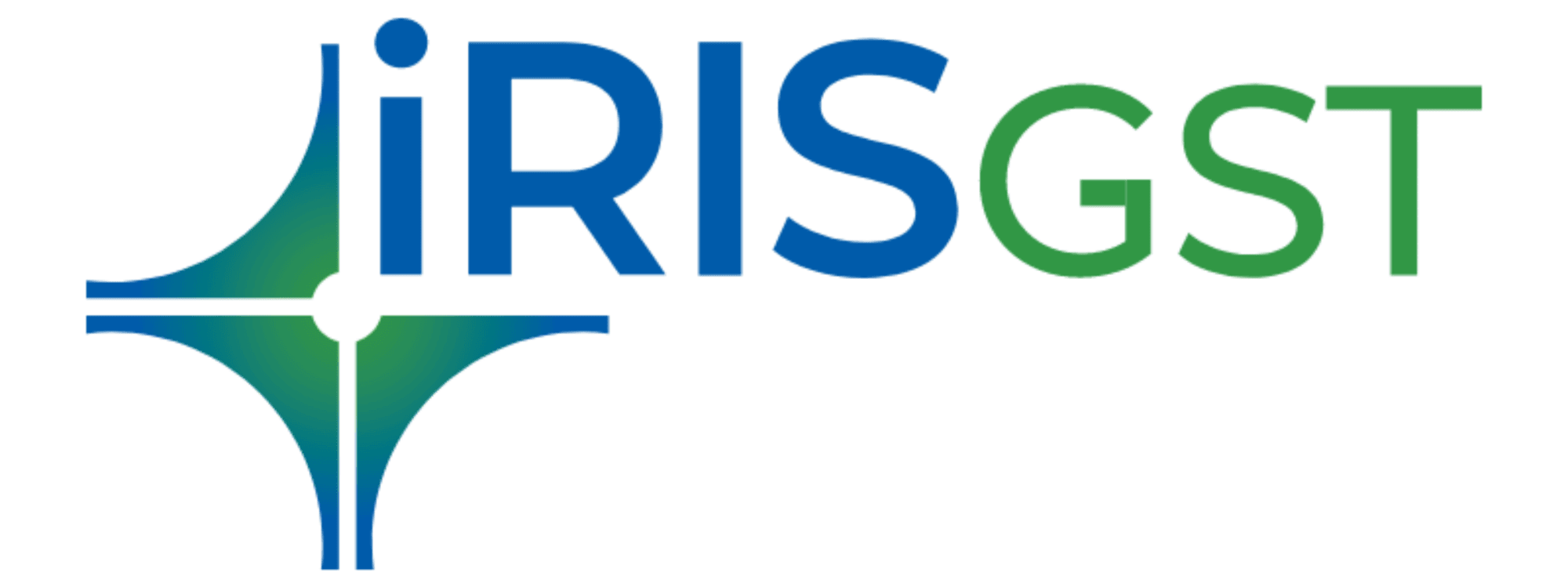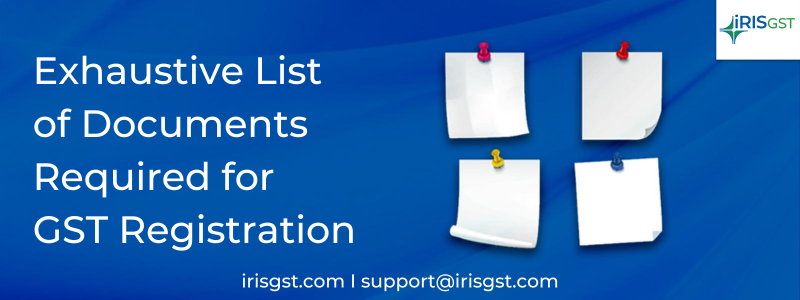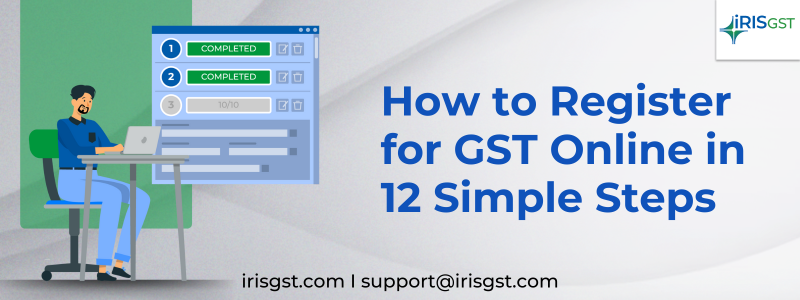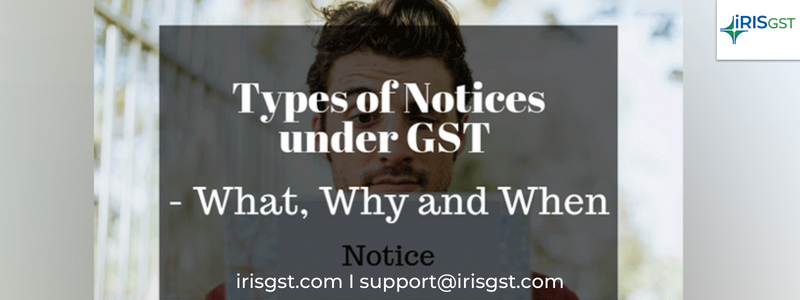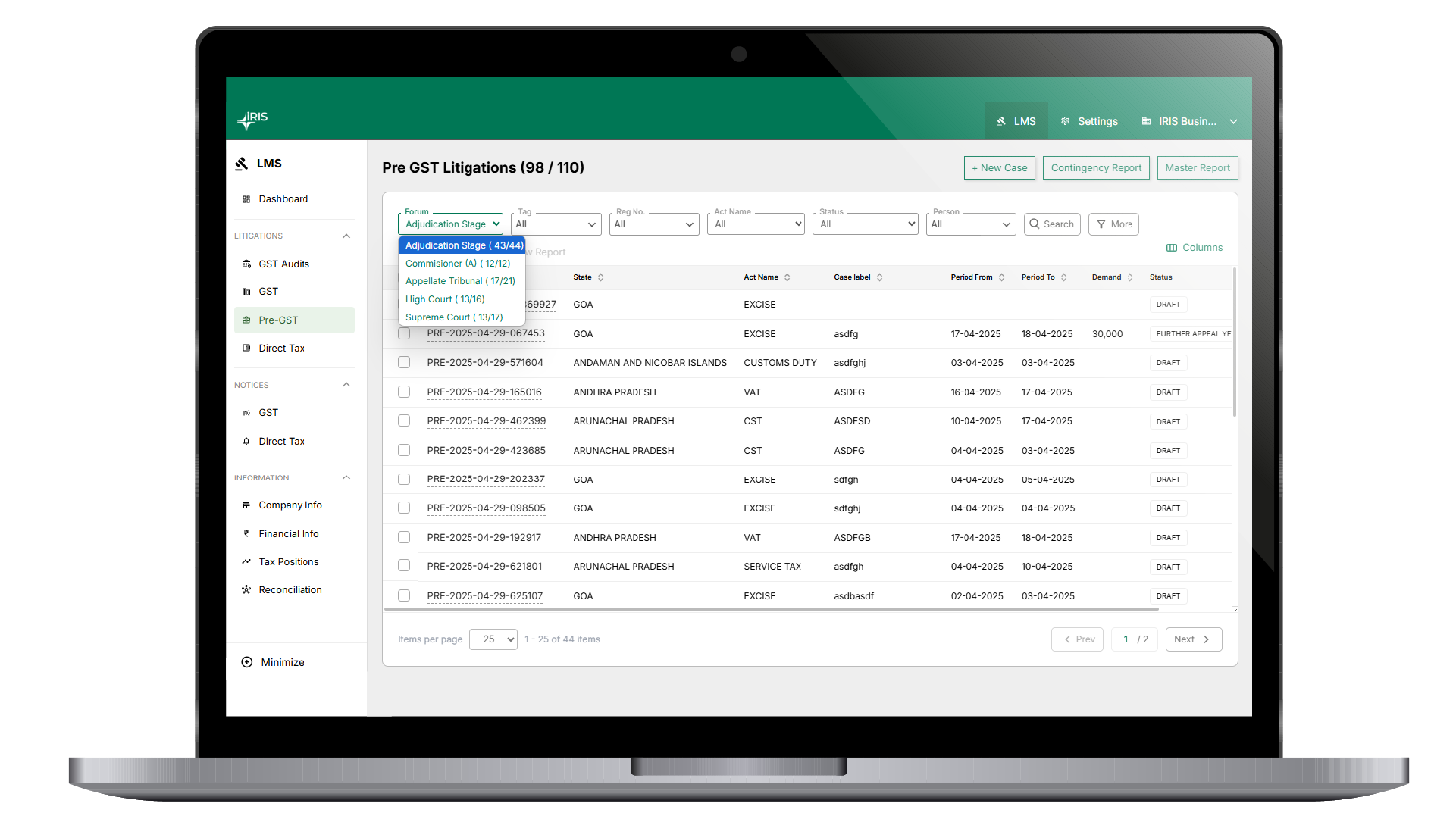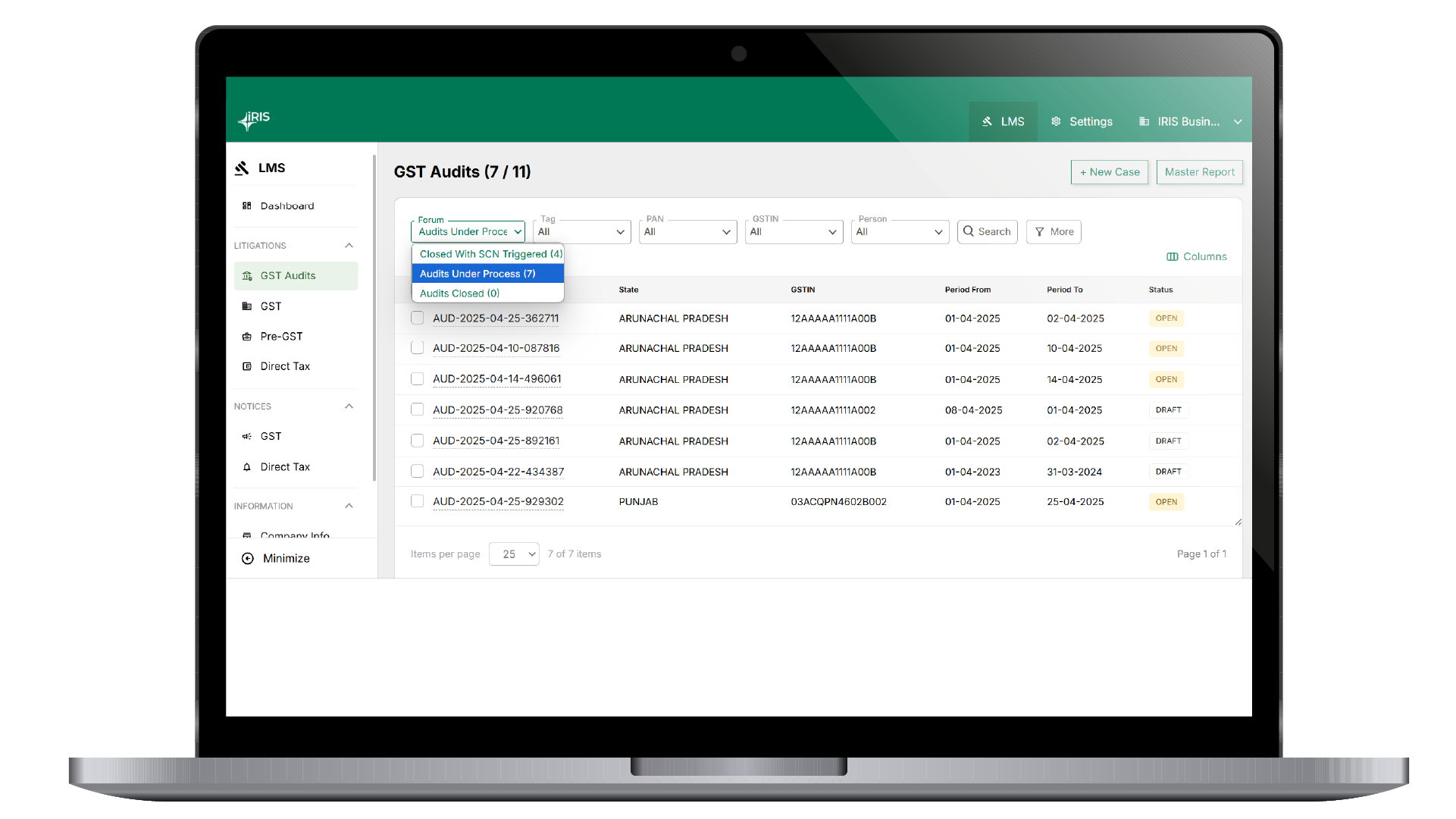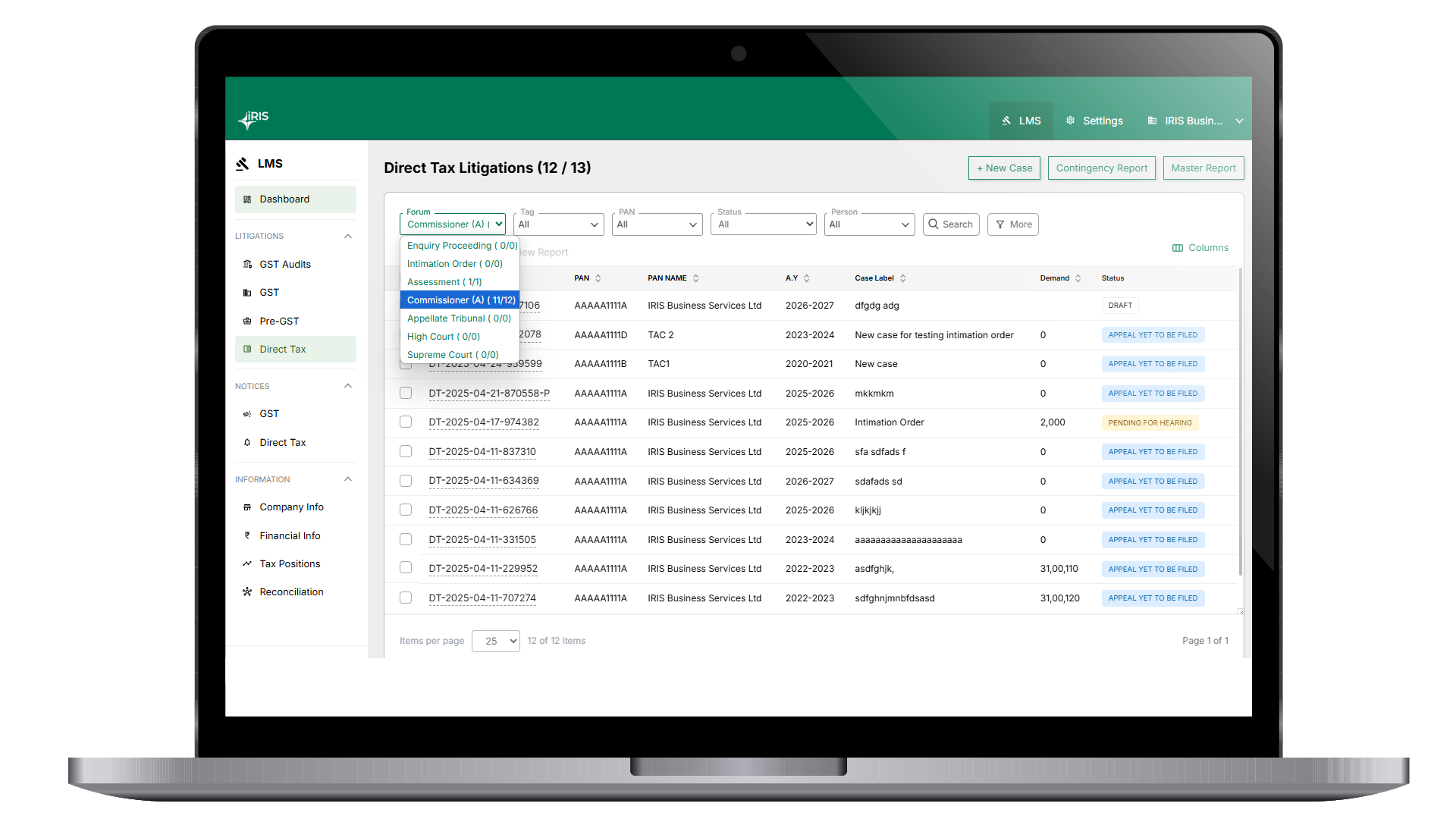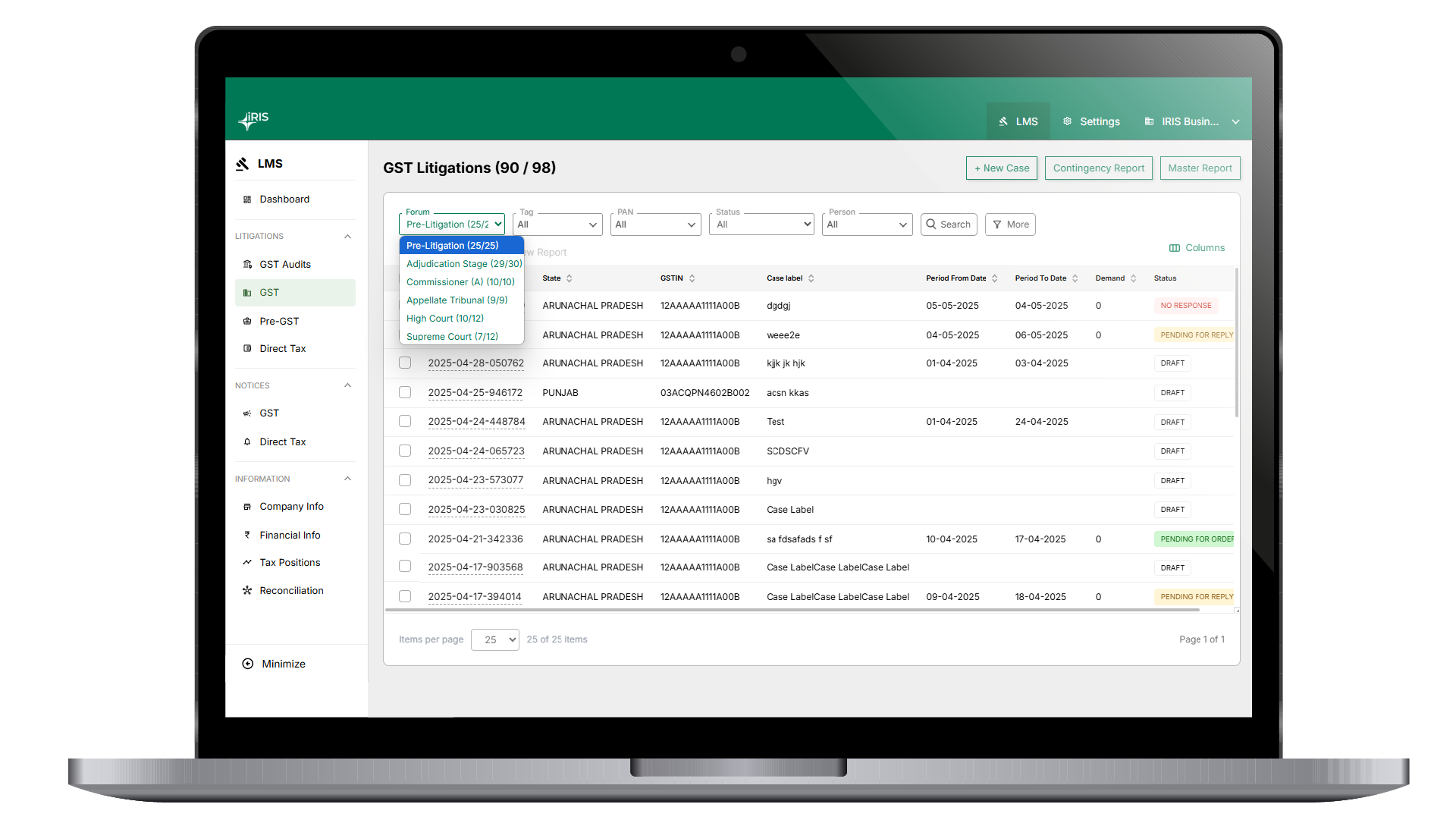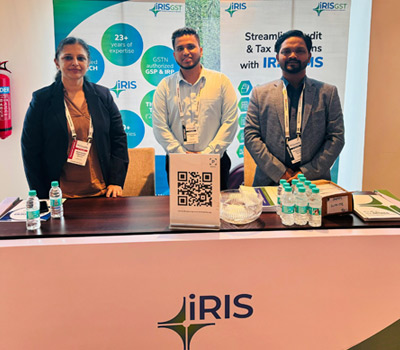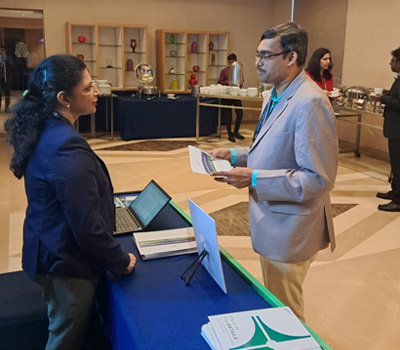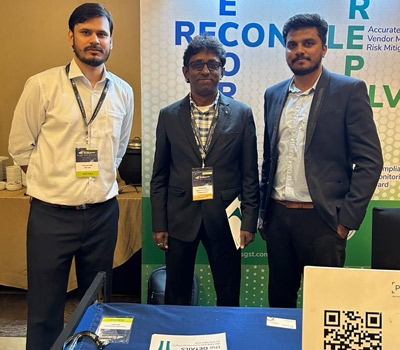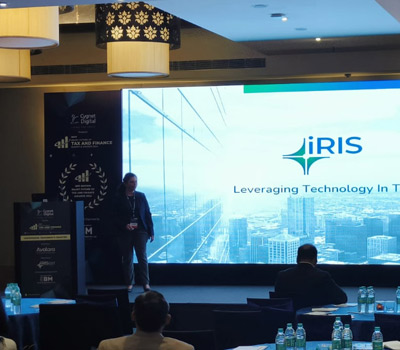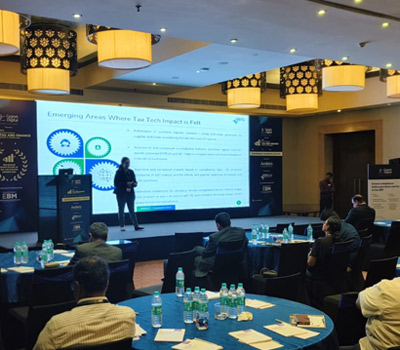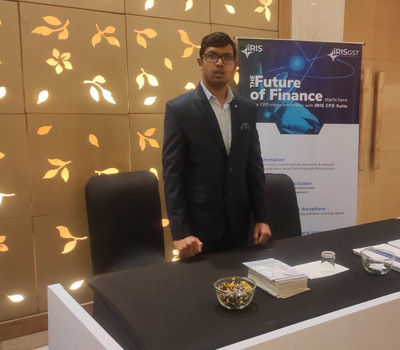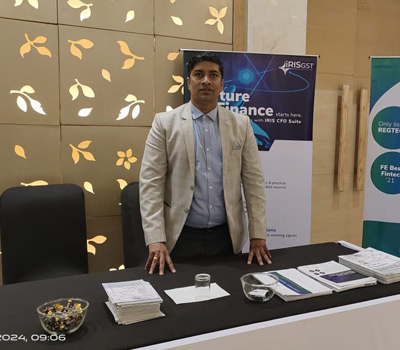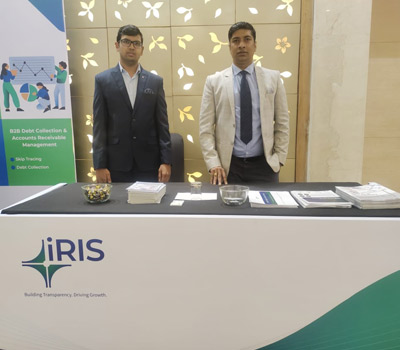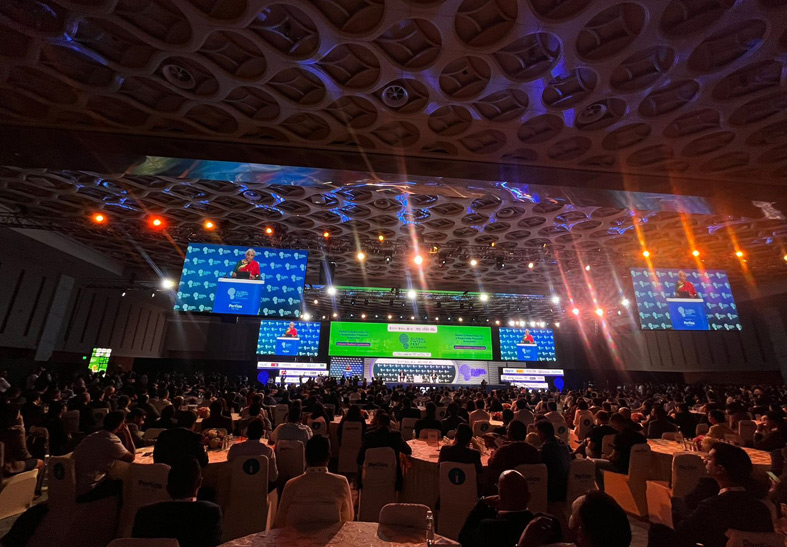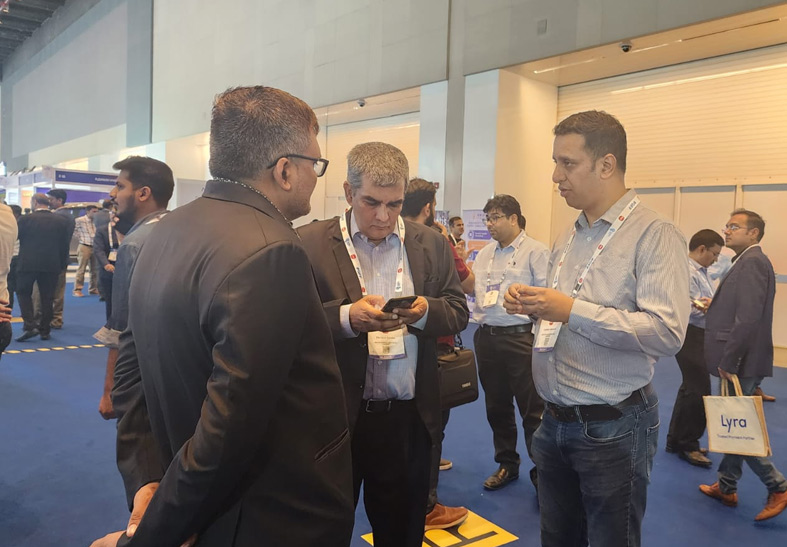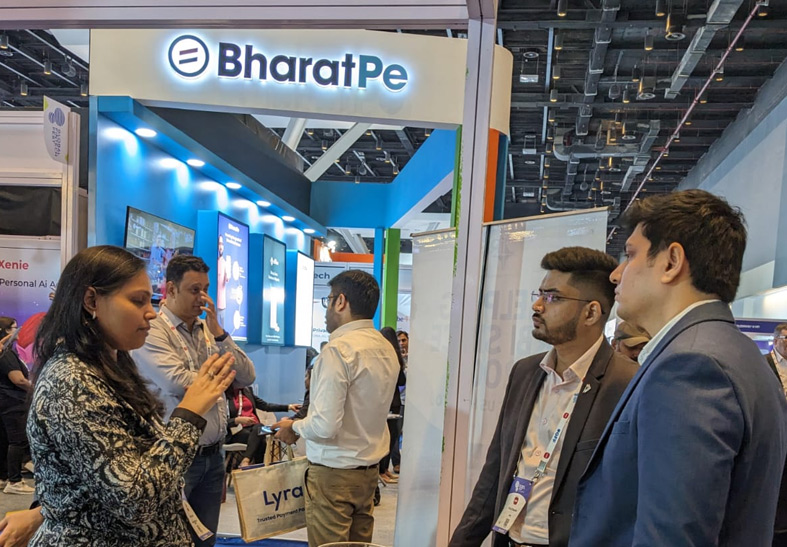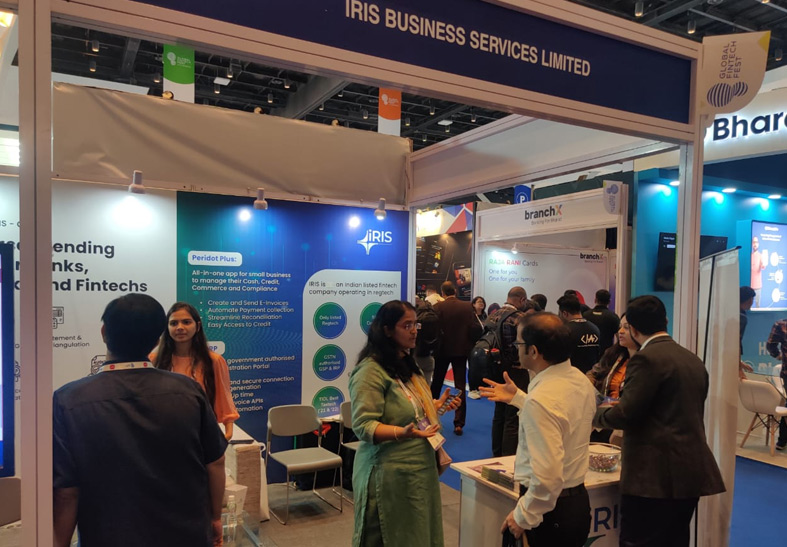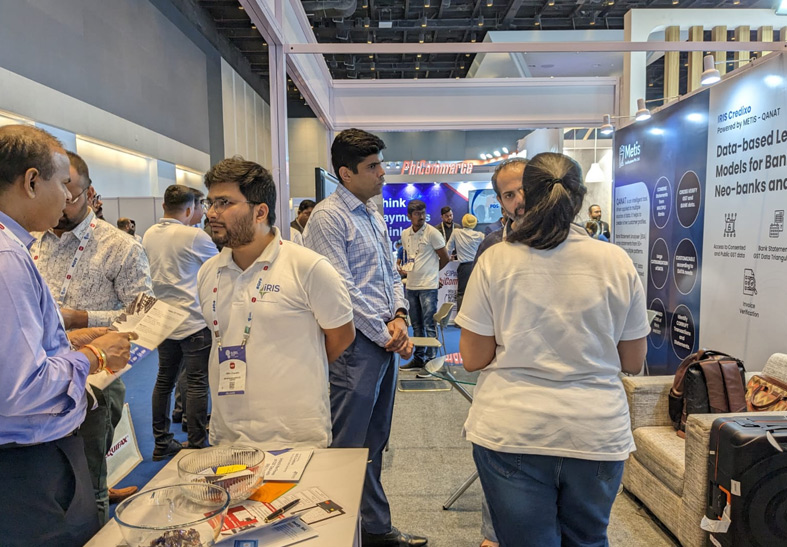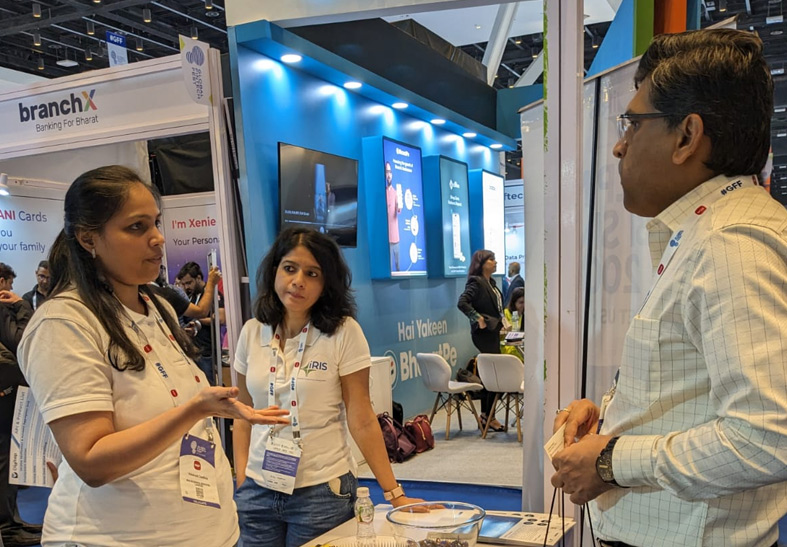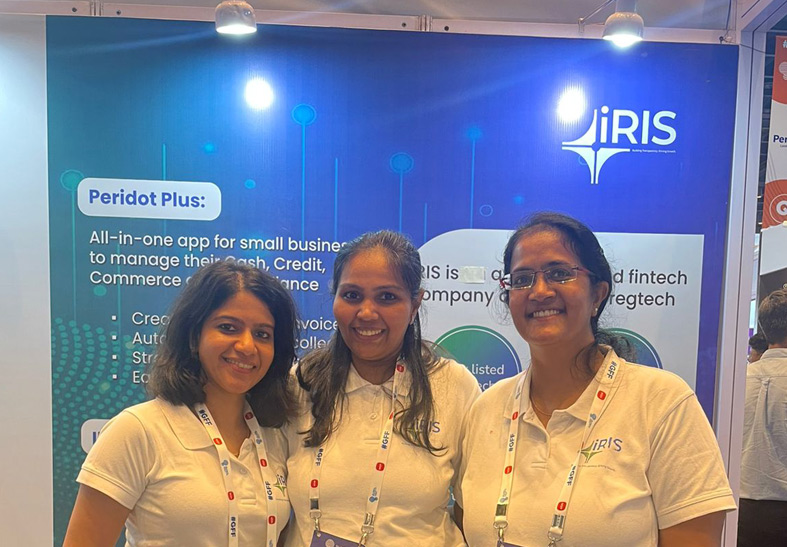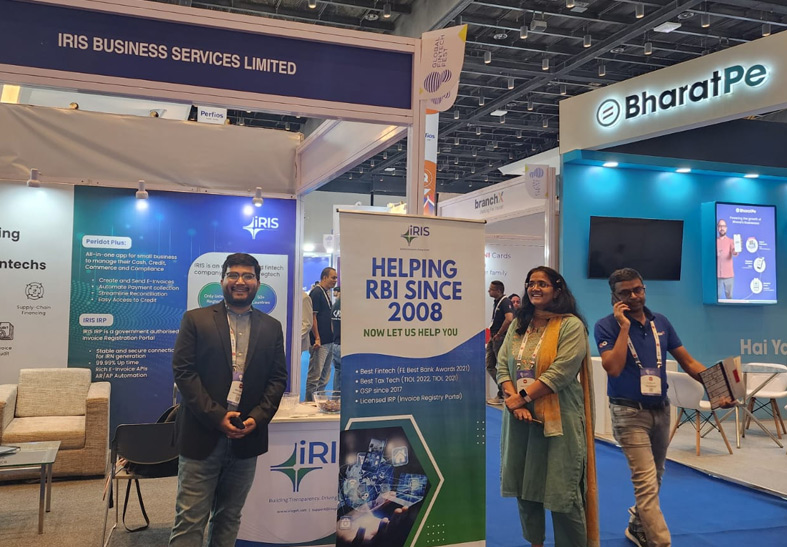Spletne igralnice postajajo vse bolj priljubljene med slovenskimi igralci, saj omogočajo udobno igranje iz domačega naslanjača in prinašajo številne možnosti za zabavo ter dobitke. Med številnimi spletnimi igralnicami, ki so
Boho Casino Slovenija je ena izmed najnovejših spletnih igralnic, ki se je pojavila na trgu iger na srečo. S hitro rastočo priljubljenostjo je pritegnila pozornost številnih slovenskih igralcev. Ta članek
Az online szerencsejáték piacának növekedésével egyre fontosabbá válik, hogy a játékosok legális és biztonságos környezetben játszhassanak. A legális online kaszinók kiválasztása kulcsfontosságú, hogy elkerüljük a kockázatokat és maximálisan élvezhessük a
Co je Nové Kasino a Proč Je Důležité Se Mu Věnovat Pozornost? Nová kasina jsou pro svět online hazardních her nepřehlédnutelným fenoménem. Každý rok vstupují na trh desítky nových heren
Holandia staje się coraz bardziej popularnym miejscem dla graczy szukających emocji związanych z zakładami bukmacherskimi. Dzięki liberalnemu podejściu do hazardu i nowoczesnym regulacjom, kraj ten oferuje szeroką gamę możliwości dla
The online casino industry has seen significant growth in recent years, with numerous platforms emerging to cater to the diverse preferences of players. One such platform that has gained popularity
Športne stave so postale izjemno priljubljen način preživljanja prostega časa za mnoge ljubitelje športa po vsem svetu, in Slovenija ni izjema. V tem članku bomo raziskali, kako lahko s pomočjo
In the competitive landscape of modern business, hiring top talent is more critical than ever. Exceptional employees drive innovation, efficiency, and growth, making the recruitment process a pivotal element of
In an age where smartphones have become our constant companions, it’s no surprise that mobile casinos are gaining immense popularity in regions like Australia and India. These platforms offer the
Here is a step-by-step guide to complete the registration process online on the GST portal.
The government or the GST officials often send notice to registered taxpayers pertaining to any non-compliance or oversight in their GST returns.
